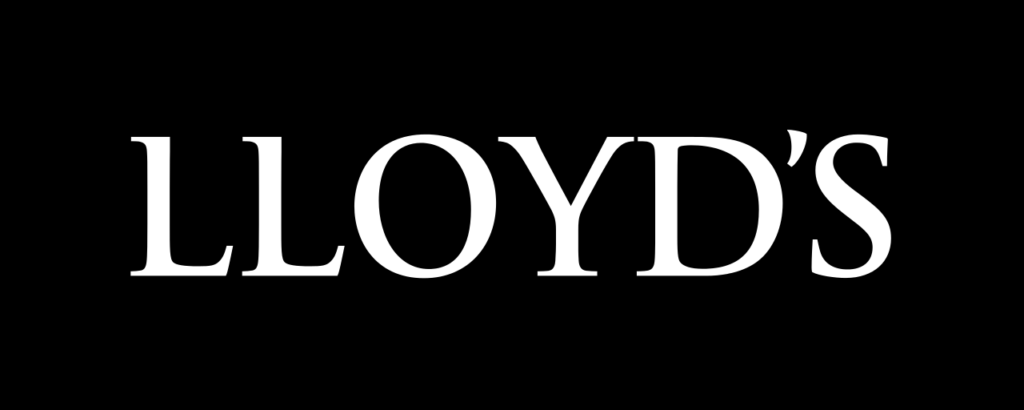The average insurance penetration rate in developed nations is twice as high as the average in emerging or lower income countries, accounting for $160 billion of the $163 billion global insurance protection gap.
 According to new research from Lloyd’s many of the countries with the lowest levels of insurance are among the most exposed to risks are the least able to fund recovery efforts.
According to new research from Lloyd’s many of the countries with the lowest levels of insurance are among the most exposed to risks are the least able to fund recovery efforts.
Bangladesh, India, Vietnam, Philippines, Indonesia, Egypt and Nigeria each has an insurance penetration rate of less than 1%.
Meanwhile the country with the highest expected annual loss from natural disasters, Bangladesh, also has the largest insurance gap relative to GDP at 2.1%.
Expressed in absolute dollar values this equates to an insurance gap of almost $6 billion in Bangladesh. Second highest is Indonesia at 1.4% of GDP, equivalent to an insurance gap of $15 billion.
“Insurance is a major contributor to disaster recovery often providing the quickest financial crisis relief available,” said Bruce Carnegie-Brown, Chairman of Lloyd’s.
“The terrible earthquake and tsunami disaster on the Indonesian island of Sulawesi underlines the important role that insurance can play by increasing financial liquidity in catastrophe affected areas.”
China is the country with the highest insurance gap expressed in dollar values at $76 billion, due to the size of its economy and the fact that its insurance market is still developing.
Furthermore, Lloyd’s says the under-insurance gap is hardly closing. In 2012 $168 billion in assets globally were under-insured; meaning the gap has closed by less than 3% over a period of six years.
“Innovative insurance solutions can provide governments with access to financial relief rapidly after a disaster strikes, easing the burden on them and tax payers. If insurance is not available catastrophes can have a much greater impact on economies and lives,” continued Carnegie-Brown.
“The insurance sector wants to work with government to help people understand the insurance products that are available and to provide improved access to those products.”
“Together we can help tackle the crippling underinsurance crisis and give people in the world’s most exposed economies the security they so desperately need.”
Lloyd’s says global economic losses from natural disasters are substantial and growing with annual expected economic losses of $165 billion, according to Lloyd’s City Risk Index.
The report also underlines the important role that risk financing can play by providing liquidity after a disaster, protecting government balance sheets and buffering taxpayers.
The Indonesian government, for example, is reportedly looking at disaster risk financing, with support from global reinsurers, following the recent devastating Sulawesi quake and tsunami.
Daniel Stander, Global Managing Director, RMS, added, “Those who can’t afford the additional costs of building resiliently are even less likely to be able to afford to rebuild after a disaster.”
“Being able to quantify accurately the benefits of investing in resilience is therefore fundamental. The four products have been designed with this in mind.”
“The objective is twofold: to reduce the initial costs of building resiliently and to finance the residual risk. In this way the benefits of insurance can be enjoyed by those who need it most.”


